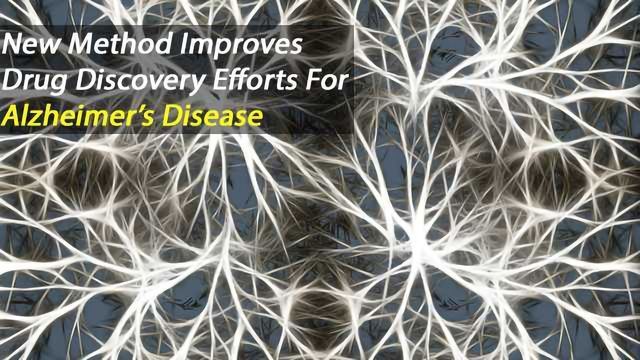Stem cells have the potential to revolutionize the field of regenerative medicine, as they can differentiate into different cell types and replace damaged or diseased tissues. However, the use of embryonic stem cells is controversial due to ethical concerns, and the limited availability of adult stem cells has hindered their widespread use. Recently, induced pluripotent stem cells (iPSCs) have emerged as a promising alternative, as they can be generated from adult cells and have similar properties to embryonic stem cells. In this blog, we will discuss the generation and potential applications of human androgenetic induced pluripotent stem cells (AgHiPSCs).

Androgenetic complete hydatidiform moles (CHM) are rare tumors that develop in the uterus during pregnancy, and are characterized by the presence of only paternal DNA. These tumors provide a unique opportunity to generate uniparental cells and study genomic imprinting, which is the process by which certain genes are expressed only from one parent. In a recent study published in Scientific Reports, researchers generated human AgHiPSCs from primary fibroblasts derived from CHM. The iPSCs were characterized by their ability to differentiate into different cell types, and the researchers confirmed their androgenetic identity by analyzing the DNA methylation status of imprinted genes using bisulfite sequencing.
The potential applications of AgHiPSCs are vast. They can be used to study genomic imprinting, which is important for the development of mammalian embryos and the regulation of tissue-specific gene expression. Furthermore, AgHiPSCs can be used to generate specific cell types for regenerative medicine, such as insulin-producing cells for the treatment of diabetes or dopaminergic neurons for the treatment of Parkinson's disease. In addition, AgHiPSCs can be used for disease modeling, as they can be generated from patients with genetic disorders and used to study the underlying molecular mechanisms of these diseases.
To generate AgHiPSCs, researchers used the Geneall RNA Extraction Kit Protocol, which is a widely used method for isolating high-quality RNA from various sample types. This protocol utilizes a spin column-based purification method, which allows for fast and efficient RNA isolation without the need for hazardous organic solvents or phenol. The isolated RNA can then be used for downstream applications such as cDNA synthesis and gene expression profiling.
In conclusion, the generation of human AgHiPSCs represents a significant advancement in the field of stem cell research. These cells have the potential to revolutionize regenerative medicine and provide new insights into genomic imprinting and disease modeling. The Geneall RNA Extraction Kit Protocol is a useful tool for isolating high-quality RNA from a variety of sample types, and can be used in the generation of AgHiPSCs and other stem cell applications.